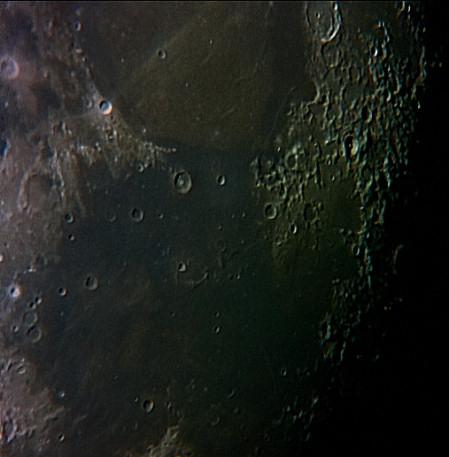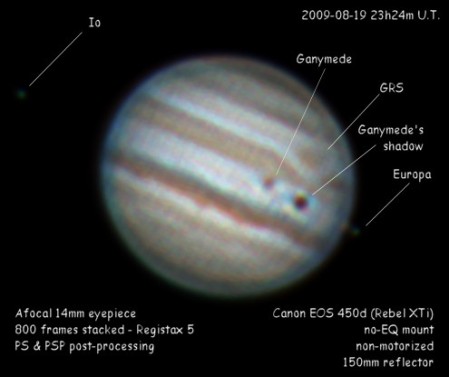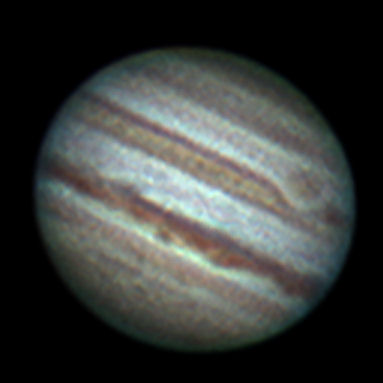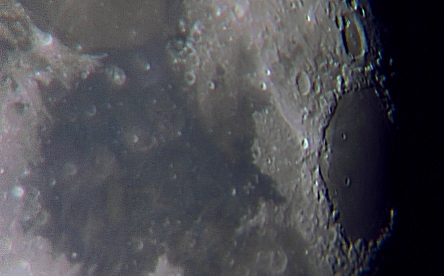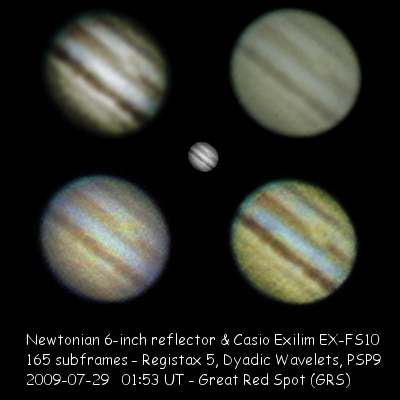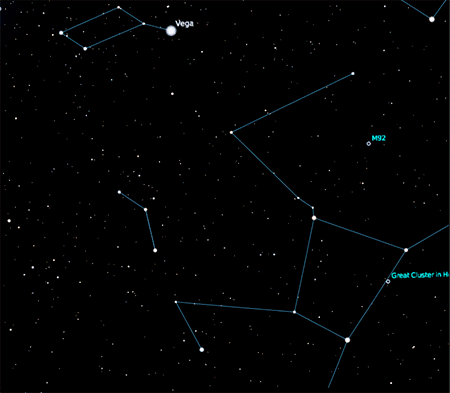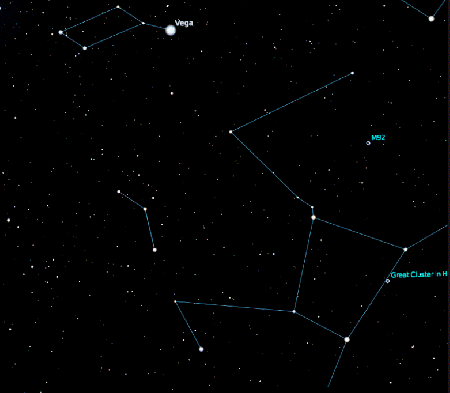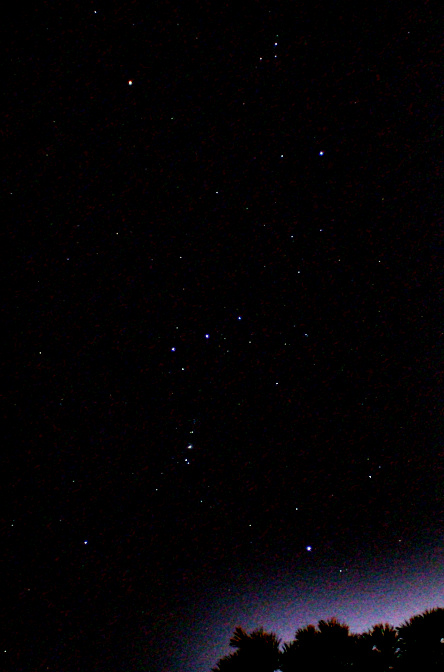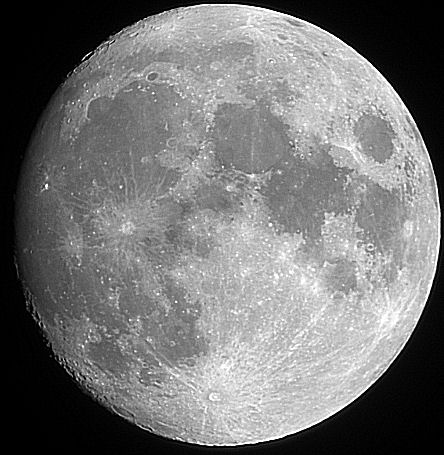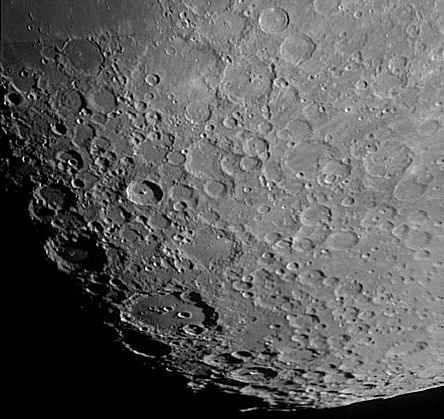This picture of North America Nebula (NGC 7000, a bright nebular region located in the Milky Way area of Cynus) was taken yesterday, 2010-11-03 under good transparency skies, using a 55mm lens and Canon EOS 450d, Rebel XSi and an EQ6 mount doing the unguided tracking. This is just one shot of 1380 seconds of exposition (23 minutes).
Postprocessing done using PSP9 and Fitswork4.
NGC 7000 is an emission nebula in the constellation Cygnus, near Deneb (α Cygni), also called the North American Nebula. The dark central region called the Gulf of Mexico, as in some astronomical plates for many years resembled that region of America.
Nebula NGC 7000 is the largest covering an area equivalent to the full moon, but its low surface brightness does not normally visible to the naked eye (though, in a dark, using a UHC filter can be seen without optical aid) NGC 7000 and the nearby Pelican Nebula (IC 5070) are part of the same interstellar cloud of ionized hydrogen (HII region). The dark area in the center is a very dense region of interstellar material in front of the nebula and which absorbs light of it, giving the group its characteristic shape.
It is not known with precision the distance that separates us from NGC 7000, neither the star responsible for the ionization of hydrogen that results in the emission of light. Supposing Deneb is the star that illuminates the nebula NGC 7000 then the distance to Earth is on the order of 1800 light years.

